
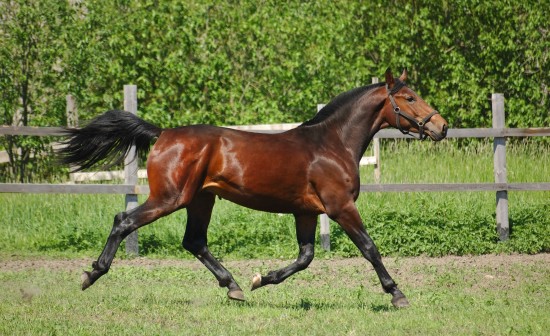
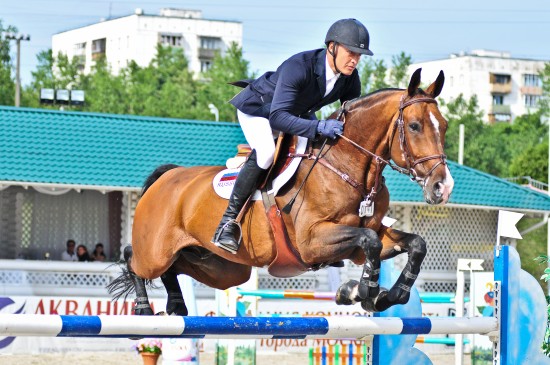
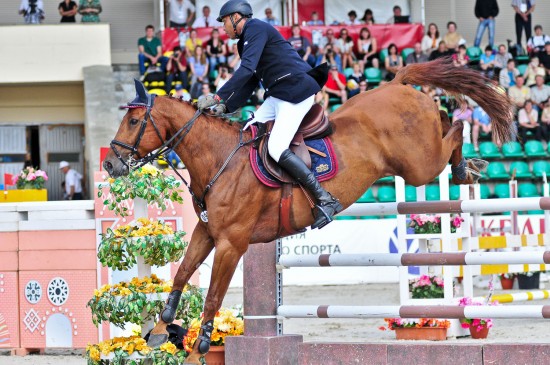
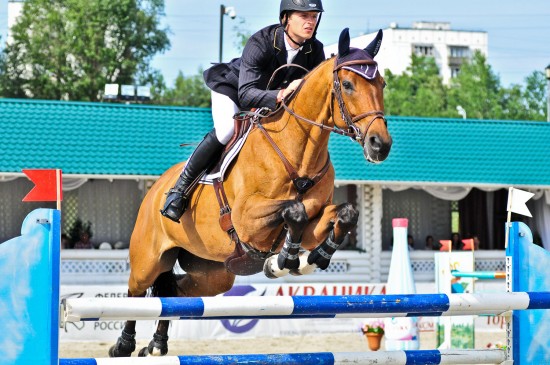
When looking at sports horses for sale it can be like reading a map of the world. Many of them are similar in appearance, yet have different traits and skills. The key thing to remember is that these breeds are developed to excel at dressage, show jumping and eventing. Conformation and performance is key in their grading and registration. Knowing their history and strengths will help you find the right breed for you.
The British Warmblood is an amalgamation of many of the European breeds as well as the Thoroughbred. The Warmblood Breeders Studbook evaluates all mares, stallions and youngstock before it is registered as a British Warmblood. Conformation, temperament, sporting ability and their progeny is all assessed with each horse given a rating. The pinnacle is to become a WBS-UK Group I stallion. The studbook was created to register sports horses competing and breeding in the UK, to help improve the UK sports horse. Grading ensures quality, but type is varied. Pure-bred Thoroughbreds, Trakehners, Holsteins and Danish Warmbloods are also registered in the UK as British Warmbloods.
Primarily known for their outstanding performances in dressage, the Danish Warmblood is recognisable for its brand – a crown over waves. In 1962 Danish breeders created the its breed society based on developing the perfect sports horse using German breeding stock, thoroughbreds and Frederiksborg horses. They are a strong horse, with expressive movement. Although many are show jumpers, the most famous horses have competed in Olympic Dressage. Mistral Hojris, Great Britain’s silver medal winner at the 2012 Olympics, is a Danish Warmblood.
In 1735 a state stud was opened in Hanover to create a breed of horse suitable for the cavalry as well as work on a farm. This aim was to build the foundations of one of the most popular sports horse breeds in the world. Over time the aim adapted, due to the changes in farm and warfare, making the Hanoverian breeders unite to create the ultimate sports horse. Horses are graded, needing to be healthy, reliable, of good temperament, sound of limb and talented in a variety of disciplines. Grading and licensing of stallions is tough, with stallions needing to undergo 70 days of testing before being able to breed. Hanoverians have won World Champions in dressage and show jumping – this includes Salinero, Shutterfly and Dollar Girl.
Believed to trace back to the 13th Century, this is probably the oldest warmblood breed. Having had a closed stud book for a longer period of time than most sports horses, the breed has developed its own characteristics. Holsteiners were developed as carriage and riding horses, so have a high-set neck, elastic gaits and powerful hindquarters. As times changed and competitions developed, the studbook allowed improving sires to be introduced, which only made the Holstein stronger. They are now known world-wide for their jumping ability due to their powerful springs.
Also known as the Irish Sports Horse, this is a breed created from the mix of Thoroughbred and Irish Draught bloodlines. Designed as the perfect riding horse in Ireland, the breed excels over country and jumping. The loyalty and willingness of the draught, combined with the speed and agility of the Thoroughbred has made them one of the most successful Eventing horses. Olympic winners include: Shear L’Eau; Gilt Edge; and the ever young Over to You.
The motto of Oldenburg breed society is “quality is the only standard that counts.” As a result all of the breeders focus on producing a talented sports horse, and not on pedigrees and colour. Tracing back to the original horses found in Oldenburg, breeding began in the 17th Century to create a versatile breed which could also be a luxury horse. Unlike many German studbooks, a State Stud wasn’t created allowing breeders to introduce new bloodlines to improve faults quickly and adapt to changing markets. The studbook also focuses on mare-lines rather than stallions, with new blood brought in to improve mares in the programme. Breeders have also identified that a lot of warmbloods are used by leisure riders who do not want a hot horse (a trait useful in professional show jumpers). Owners will identify which type of horse they plan to breed at evaluation days so they can be assessed as a performance or leisure horse.
This breed is large and powerful, making them versatile at performance events as well as under harness. Created in the 17th Century, the small Swedish mares were crossed with Spanish and Friesian horses. As sports developed, the breed was further refined and improved with Thoroughbred, Arabian and Trakehner blood. The main aim of the current breed society is to create a breed of sports horse their riders can take to the top of all equestrian spheres.
Developed from the hardy horses in Prussia, Trakehners were improved using Thoroughbred and Arabian horses rather than bred to other warmbloods in Europe. As a result they are much finer than other breeds, making them useful to improve other sports horse breeds. They can be quite fiery, and are a very powerful horse to ride. They naturally have impressive gaits especially in the trot, which makes them exceptional dressage horses. Their endurance also makes them good over all stages of Eventing, proving their versatility.
Originally created as cavalry horses, the breed has gone through a number of changes. Starting as a horse similar to the Trakehner, the State Studs changed their aim to create stronger draft horses for farming. In 1957 the focus once again turned on creating a useful sports and riding horse, which then became the Westphalian breed. The breed is not bred for any one specialisation. They must be easy to ride, have good movement and jumping ability – despite achieving great heights the breeders main focus is to create a good horse for the leisure rider. Two of the most famous horses of all time were Westphalian – Ahlerich and Rembrandt.
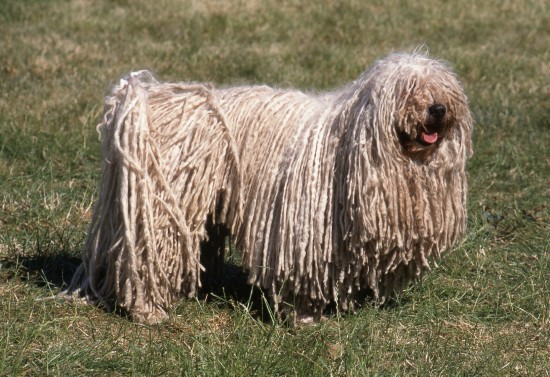 Dog Breeds With Dreadlocks!
Dog Breeds With D
Dog Breeds With Dreadlocks!
Dog Breeds With D
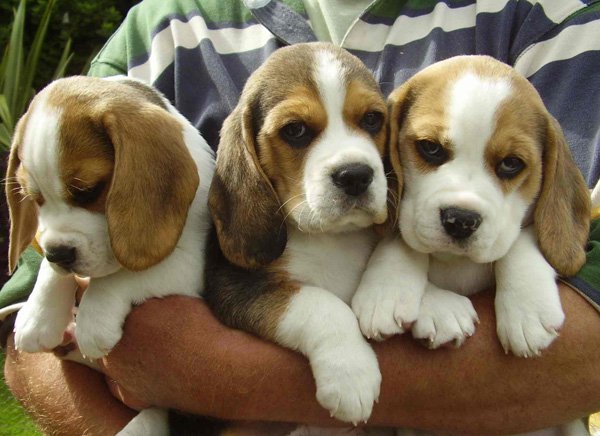 How to Choose a Good Pig Hunting Knife
How to Choose a Good Pig Hunting Knife
If you
How to Choose a Good Pig Hunting Knife
How to Choose a Good Pig Hunting Knife
If you
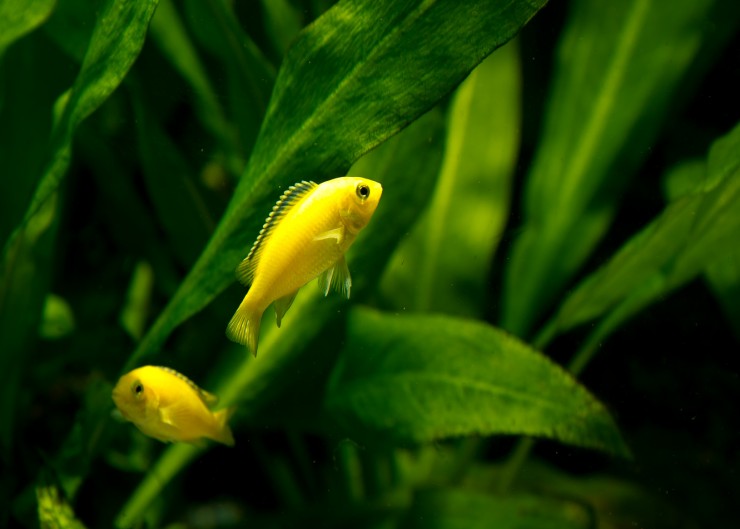 Is Your Child Ready To Keep Their Own Tropical Fish Tank?
Is Your Child Rea
Is Your Child Ready To Keep Their Own Tropical Fish Tank?
Is Your Child Rea
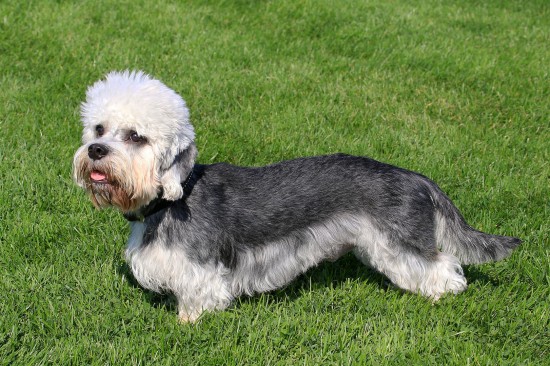 Dandie Dinmont Terrier Hereditary Health And Genetic Diversity
Dandie Dinmont Te
Dandie Dinmont Terrier Hereditary Health And Genetic Diversity
Dandie Dinmont Te
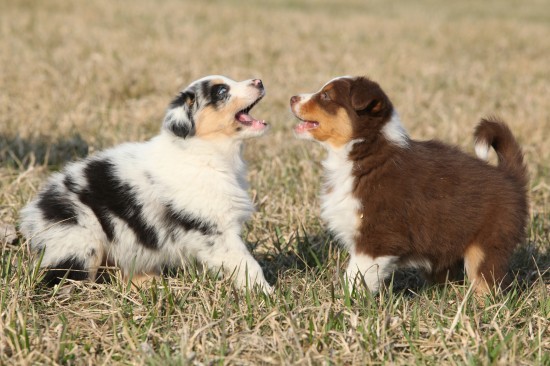 4 Reasons Why Socialising A Dog Is Great For Their Health
4 Reasons Why Soc
4 Reasons Why Socialising A Dog Is Great For Their Health
4 Reasons Why Soc
Copyright © 2005-2016 Pet Information All Rights Reserved
Contact us: www162date@outlook.com